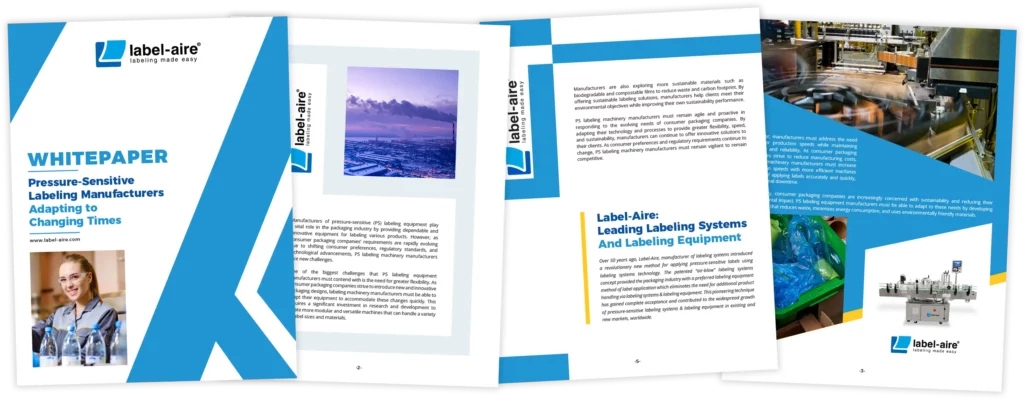Automated Print & Apply: Choosing The Right Print Engine (Part 2 of a 4 Part Series)
Connectivity
What does this mean? Simply put, does the printer offer the data communication interface option required by the application? Nearly every printer will have a rich list of available interface options. However, the vast majority of applications will utilize a single communication interface, so be sure to only pay for what is needed. A very handy feature is easily removable communication interface cards, often called “plug-in” style interface ports. This allows for quick interface board changes in the event of a communication style change or from damage to the interface from static, for example. If the interface port is an integral part of the printer’s main logic board, considerable downtime would be required to replace that main board if the interface port is damaged for any reason. With replaceable or “plugin” style interface boards, the replacement is quick and easy.
Commitment
Print engines used in automated print apply applications are vastly different “animals” when compared to traditional desktop label printers. Desktop printers generally see either relatively low volume label production or they see bursts of heavy volume followed by long periods of idle time. Also, they are generally in an office or other protected environment. Print and apply print engines, on the other hand, see long periods of continuous production – up to 24 hours a day, seven days a week – directly in the production environment. With this level of rigorous use, it’s critically important for the selected print engine to have a fully committed design, development and support team in place as well as a long standing history of success and reliability in the market. Is your selected printer manufacturer’s print engine business a primary line of business for the company, or is it merely an ancillary product line that receives little attention and lackluster support? While this may not seem like an important question today, the importance will be seen the first time manufacturer assistance is required.
©SATO America
This is Part 2 of a 4 part series on Print Engines.
Next: Part 3 – Choosing the Right Print Engine: Print Engine Usability



